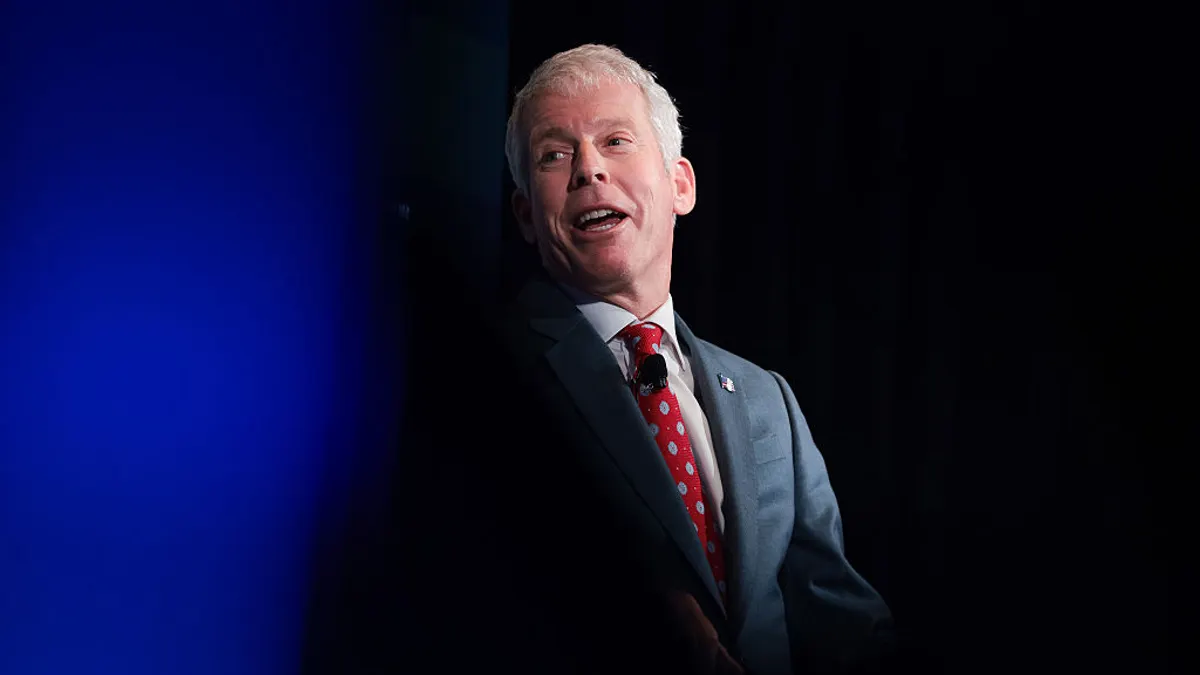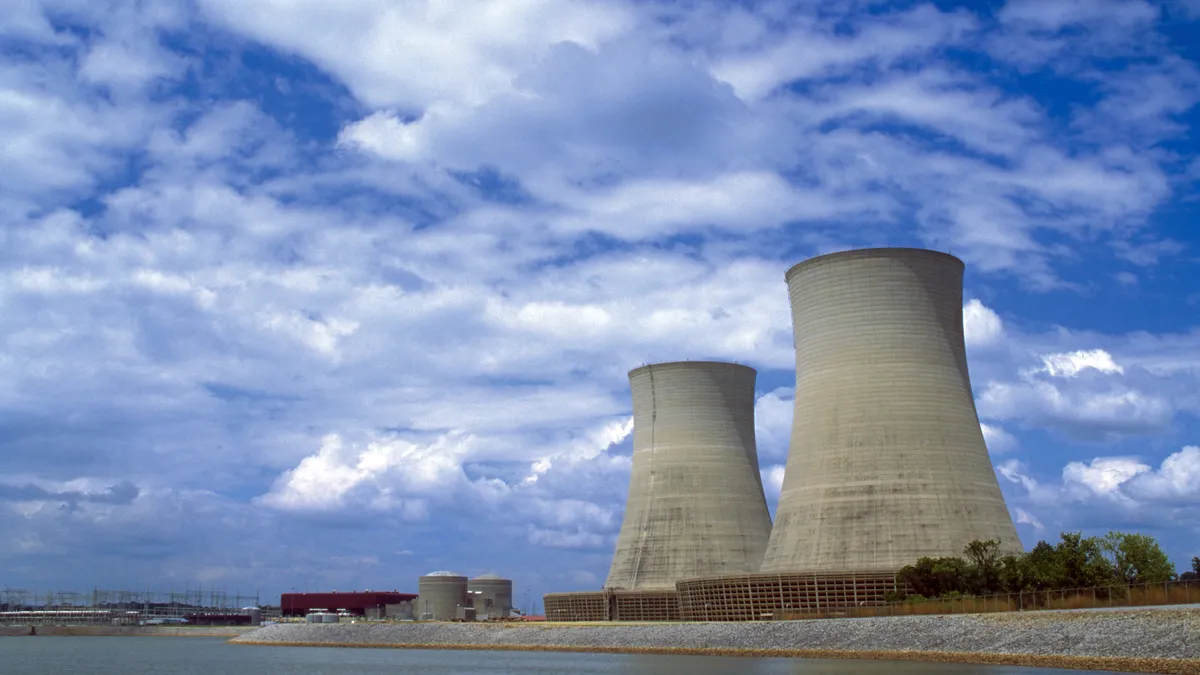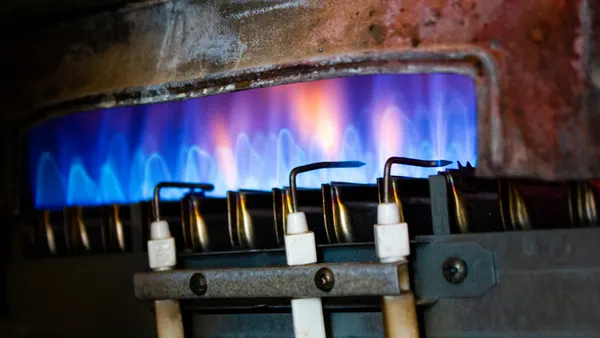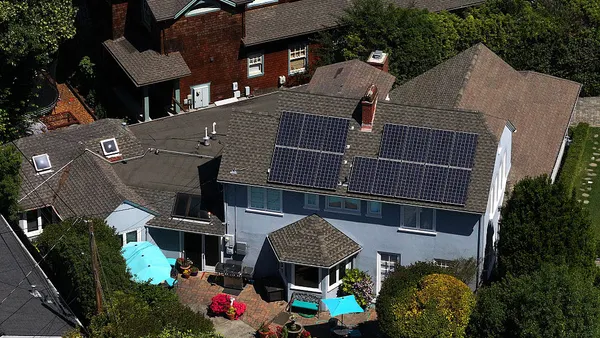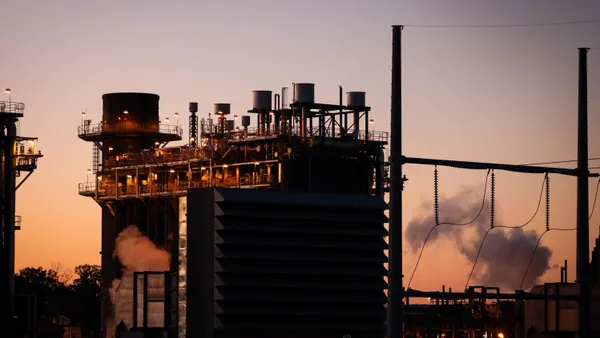A new ruling from the Federal Communications Commission (FCC) makes it easier for utilities to help customers lower energy bills and reduce grid strain. The FCC ruled that utilities may send automated calls and text messages to customers about demand response programs without needing a separate “opt-in” as long as customers have already shared their phone number and the messages aren’t marketing products.
This clarification unlocks one of the most powerful yet underused tools in the energy transition: demand response. It puts utilities in a better position to engage customers at scale, shifting usage during peak periods and easing stress on the grid. Backed by industry data and real-world success stories, this ruling positions utilities to put customers at the center of a smarter, more flexible energy system.
A Grid Under Pressure
The U.S. electric grid is facing a convergence of stressors. Electricity demand is rising rapidly, driven by data center growth, electric vehicle adoption, and the reshoring of US manufacturing. Industry forecasts suggest that the next decade of growth will be equivalent to adding another California to the grid. At the same time, utility-scale generation and transmission expansion continues to face permitting delays, high costs, and long lead times.
These strains are already pushing up prices. In 2024, electricity prices increased 4.5 percent year-over-year, nearly twice the rate of overall inflation. While long-term infrastructure investment is vital, utilities need fast, affordable solutions now. Demand response fits the bill.
By encouraging customers to reduce or shift usage during high-demand periods, demand response can flatten load curves, lower costs, and prevent reliability issues. But for it to work, scale and immediate communication are essential.
FCC Removes a Major Barrier
Until now, legal uncertainty around the Telephone Consumer Protection Act (TCPA) made utilities cautious. Some utilities interpreted the law to require customers to explicitly opt in before receiving automated texts or calls even for operational alerts like demand response. Others considered FCC guidance too ambiguous and therefore risky for such alerts. As a result, few utilities operated demand response programs using email as the sole means of communication or sent demand response communications to a small set of customers who opted into the program. Neither approach provided the scale and immediacy needed for these programs to have a material effect on peak demand.
The FCC’s June 2025 ruling eliminates that uncertainty. The Commission confirmed that when a customer voluntarily provides their phone number to a utility, for instance during service sign-up, that act constitutes “prior express consent” to receive non-marketing messages, including automated texts and calls related to peak demand.
A petition filed by Edison Electric Institute (EEI), supported by a broad coalition of utilities, technology providers, and public interest groups, spurred the FCC into action. In public comments, stakeholders emphasized that the previous ambiguity had become a barrier to broader use of effective demand response communications. The FCC ultimately agreed, stating that utilities should not be held back from using proven communications tools to promote reliability and affordability.
Customers Are the Grid’s Untapped Resource
Demand response works best with both immediacy and scale. Whether it’s adjusting a thermostat or delaying appliance use, small actions from many customers add up. But the timing and volume of those small actions is key. The new FCC guidance allows utilities to treat demand response alerts as standard service messages, reaching all customers by default, with communications that trigger fast action, unless they opt out.
In 2025, Baltimore Gas & Electric (BGE) used Oracle-powered messaging to coordinate a four-hour demand response event. Customers were notified by automated call and text that they could earn bill credits by reducing usage.
“We had a highly successful event, shedding approximately 150 MW from the BGE system during peak demand,” said Kevin Knight, Manager of Demand Response and Load Management Programs for BGE. “To put that into perspective, it would take more than $500 million in battery storage to match that level of load reduction. This is a powerful example of how demand response can deliver real value quickly, affordably, and at scale.”
FirstEnergy Pennsylvania achieved similar outcomes. Through targeted customer outreach and real-time messaging, their customers saved more than $1.8 million in one summer alone while contributing to peak reduction.
From a customer satisfaction perspective, opt-out programs supported by Oracle in 2023–2024 saw unsubscribe rates as low as 0.49 percent with no drop in customer satisfaction. In fact, many customers welcomed the opportunity to contribute to grid health and reduce their bills.
Delivering Affordability and Equity
Demand response deployed through utility peak alerts is an equitable solution. Unlike rooftop solar or home battery systems, which often require significant upfront investment or homeownership, utility peak alerts can reach any customer with a cell phone, including renters, multifamily households, and low-to-moderate income residents.
With digital tools like Oracle’s AI-based targeting, utilities can send the right message to the right customer at the right time, boosting performance while maintaining engagement. Personalized messaging increases the odds of action. For example, showing a customer that shifting air conditioning use by 15 minutes could save them money during a peak event —and then following up with how their household performed—is far more compelling than a generic request to use less power.
Case Study: Austin’s Layered Approach
Austin Energy recently piloted a layered outreach strategy designed for a mobile-first customer base. By combining interactive voice response (IVR), text, and email outreach, Austin Energy drove up to 2.5 MW in hourly reductions, roughly equivalent to taking 500 homes off the grid for an hour. IVR alone outperformed all other channels, delivering 1.15% peak savings. IVR combined with email reached 1%, and even email-only outreach delivered 0.88%.
“These results show the power of thoughtful, inclusive engagement,” said Lindsey McDougall, Manager of Demand Response and Technical Services for Austin Energy. “We supported the petition—and appreciate the FCC’s ruling—because maintaining access to proven channels like voice and text isn’t just a win for Austin, it’s a win for grid stability and affordability nationwide.”
A Call to Action for Utilities
The stakes are high. Summer heat is already stressing the grid. As climate extremes intensify and demand grows, utilities must act quickly. The FCC ruling removes a longstanding obstacle. Utilities now have both the authority and the technology to scale customer-focused demand response programs. What’s needed next is leadership.
Too often, demand response is treated as a side program rather than a core strategy. That needs to change. Utilities should integrate messaging into their everyday operations and treat customers not just as ratepayers, but as partners in building a more resilient grid.
The door is now open. It’s time to step through it.




